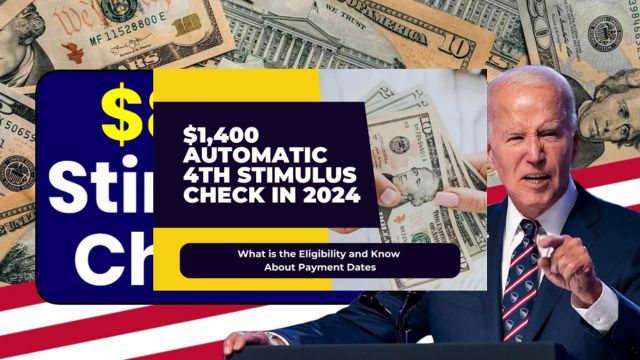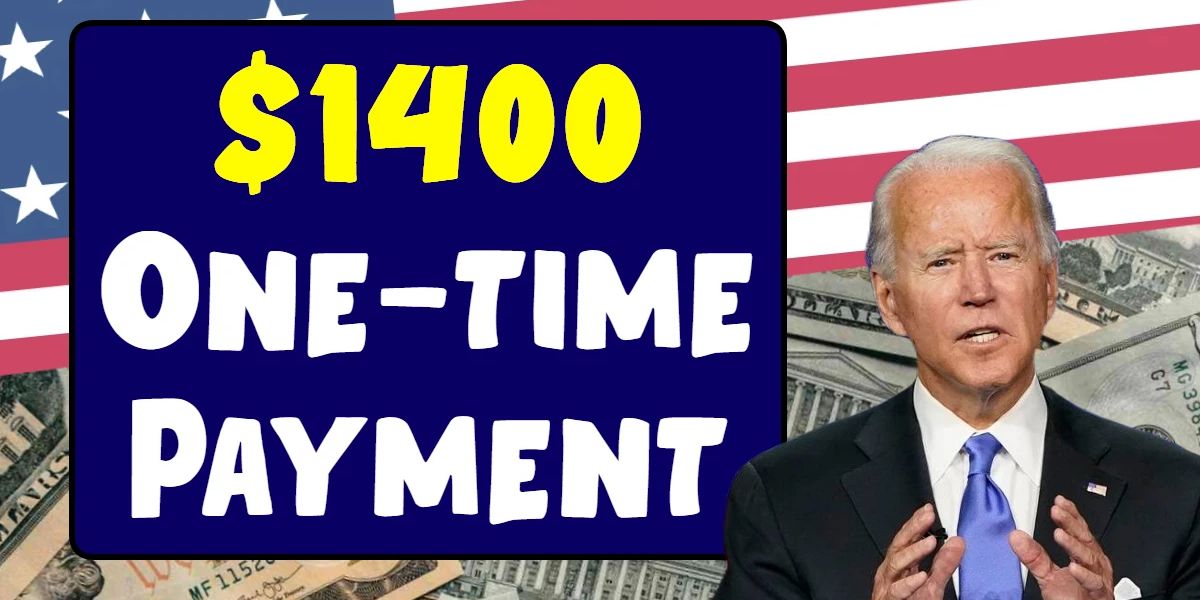WFCN – US people have been paying close attention to the highly anticipated $1400 One-time Payment Stimulus Check 2024, which was a component of the Internal Revenue Service Economic Relief Payment.
The American Rescue Plan Act, which was passed in March 2024 under President Joe Biden, incorporates this stimulus check. Its goals are to deal with financial hardships and foster economic growth by directly supporting eligible Americans with cash support.
With the economy in turmoil, best payment provides a glimmer of hope for alleviating some of the financial strain that US citizens are bearing. US people will learn everything they need to know about the $1400 One-time Payment in this article, including its overview, eligibility requirements, payment date, and more.
$1400 One-Time Payment
The $1400 One-time Payment is intended to provide Americans with rapid financial relief in line with the precedent set by earlier 2020 stimulus payouts. These Economic Impact Payments (EIPs) are intended to boost consumer spending, which is crucial for the economy’s recovery during difficult times.
Funding the economy is the primary objective in order to stimulate consumer spending and business expansion.

The much-anticipated $1400 stimulus payout is not going to happen, as verified. This alteration suggests that it is only another unverified rumor that made the rounds via social media platforms like Twitter and TikTok, leaving many eager recipients unsatisfied.
Overview of IRS $1400 Stimulus Checks for 2024
Organization: Federal Government Governing Body: Internal Revenue Service Benefit Type: One-time Stimulus Checks, USA as a nation
Amount: $1400
$1400 Stimulus Checks for Everyone; Payment
Date: June 2024
Category: Government Aid; Official Website: https://www.irs.gov/
The $1400 stimulus check was intended to be a one-time direct payment intended to lessen financial burdens brought on by downturns in the economy.
SEE MORE –
Reality Check: Is the IRS Actually Issuing $8700 Stimulus Checks?
The goal was to assist Americans in paying for necessities like groceries, utilities, and housing. It was anticipated that this direct financial infusion would boost local companies by boosting consumer spending.
Whatever the possible advantage, it has now been confirmed that the IRS will not be making these $1400 payouts, in contrast to other stories of rumors like $12,000 stimulus cheques that were also cleared up. Awaiting parties are recommended to frequently check the IRS website for additional information about the $1400 stimulus payment.
Qualifications for a One-Time Payment of $1,400
- The IRS assessed eligibility for the $1400 stimulus check based on each person’s Adjusted Gross Income (AGI).
- If the AGI of a single filer was up to $75,000, they could receive the entire $1400 payment; if the AGI of a joint filer was up to $150,000, they may receive the full payment.
- A reduced payment of $28 will be made to an individual for each $1000 of income exceeding these limitations if they begin to receive more than these restrictions.
- An unmarried person with an AGI of $80,000, for instance, would only receive a reduced payment of $140 because their income was $5,000 over the cap.
- $1400 is the amount paid once.
- The $1400 stimulus benefit would not be given to joint filers making more than $174,000 or single filers with an AGI over $87,000.
- Making sure financial support reaches those who need it most is the goal of our payment distribution system.
- The benefit amount will progressively decrease by $28 for each $1000 in excess income, with the primary goal being more efficient use of resources.
- The intention was to stimulate the economy by providing assistance to individuals who would use the money for immediate, basic need.
- Since it has been established that there will be no $1400 payment sent, many Americans are currently looking for other sources of financial assistance.
$1,400 Stimulus Check: Current Information
The $1400 one-time payment stimulus check will not be given out, as recent talks have revealed. This shows the continuous financial difficulties that many families suffer as a result of inflation and unstable economic conditions.
The $1400 stimulus check is not going to be implemented, but state level stimulus payments and other social benefits still provide some comfort to individuals and families.
This circumstance demonstrates the value of trustworthy financial support networks in assisting Americans in overcoming financial challenges and preserving stability in their individual financial affairs.
